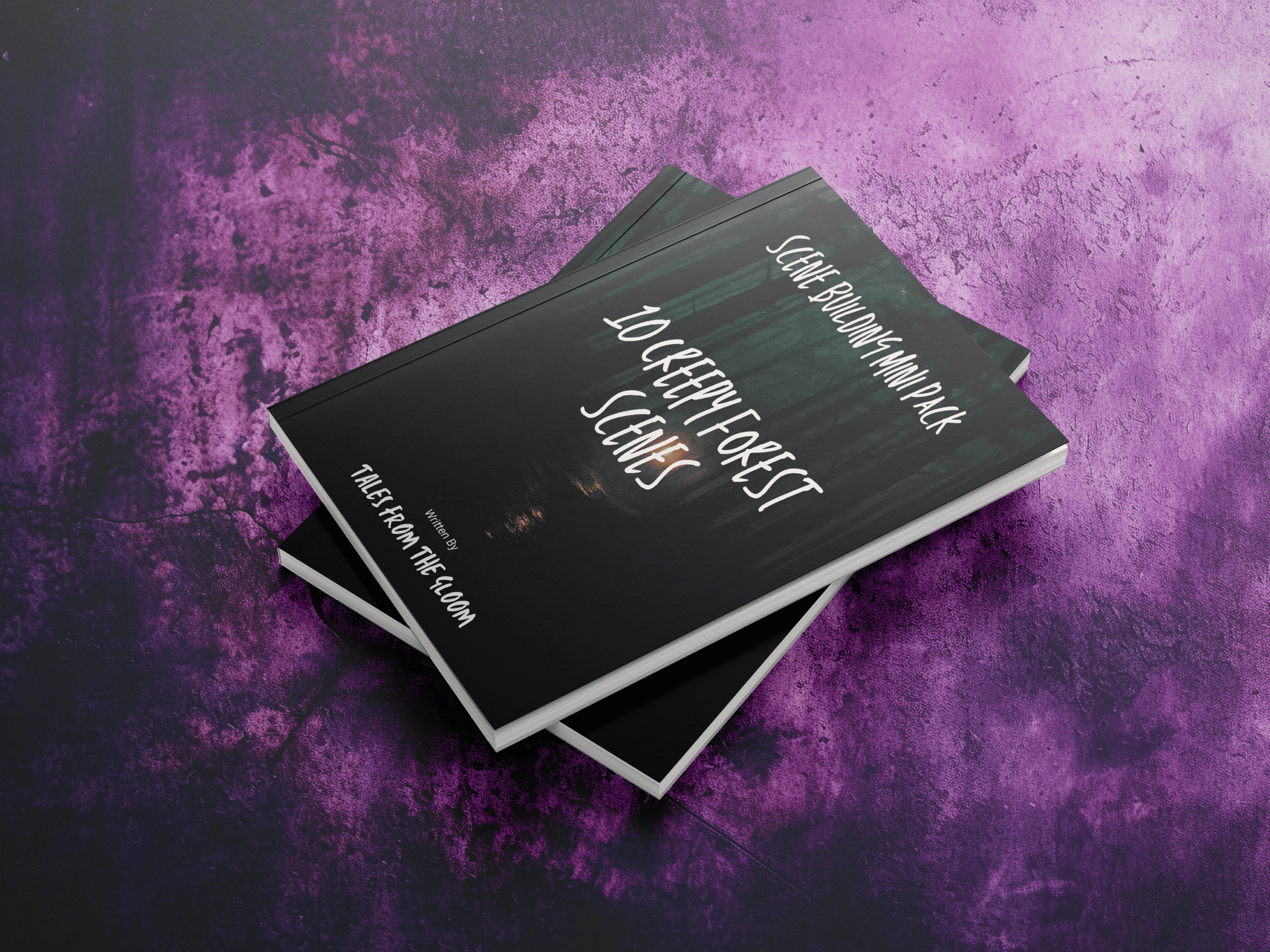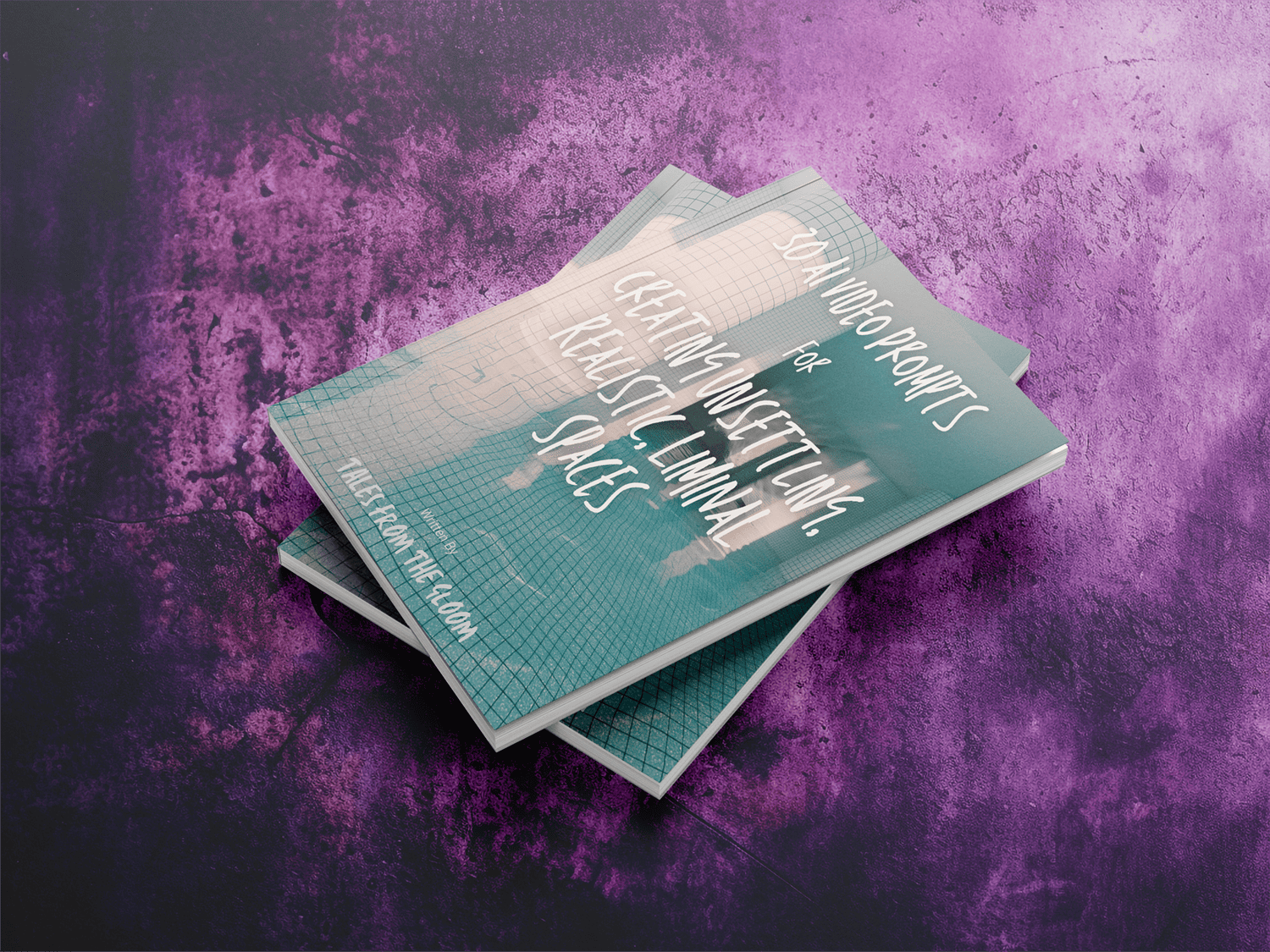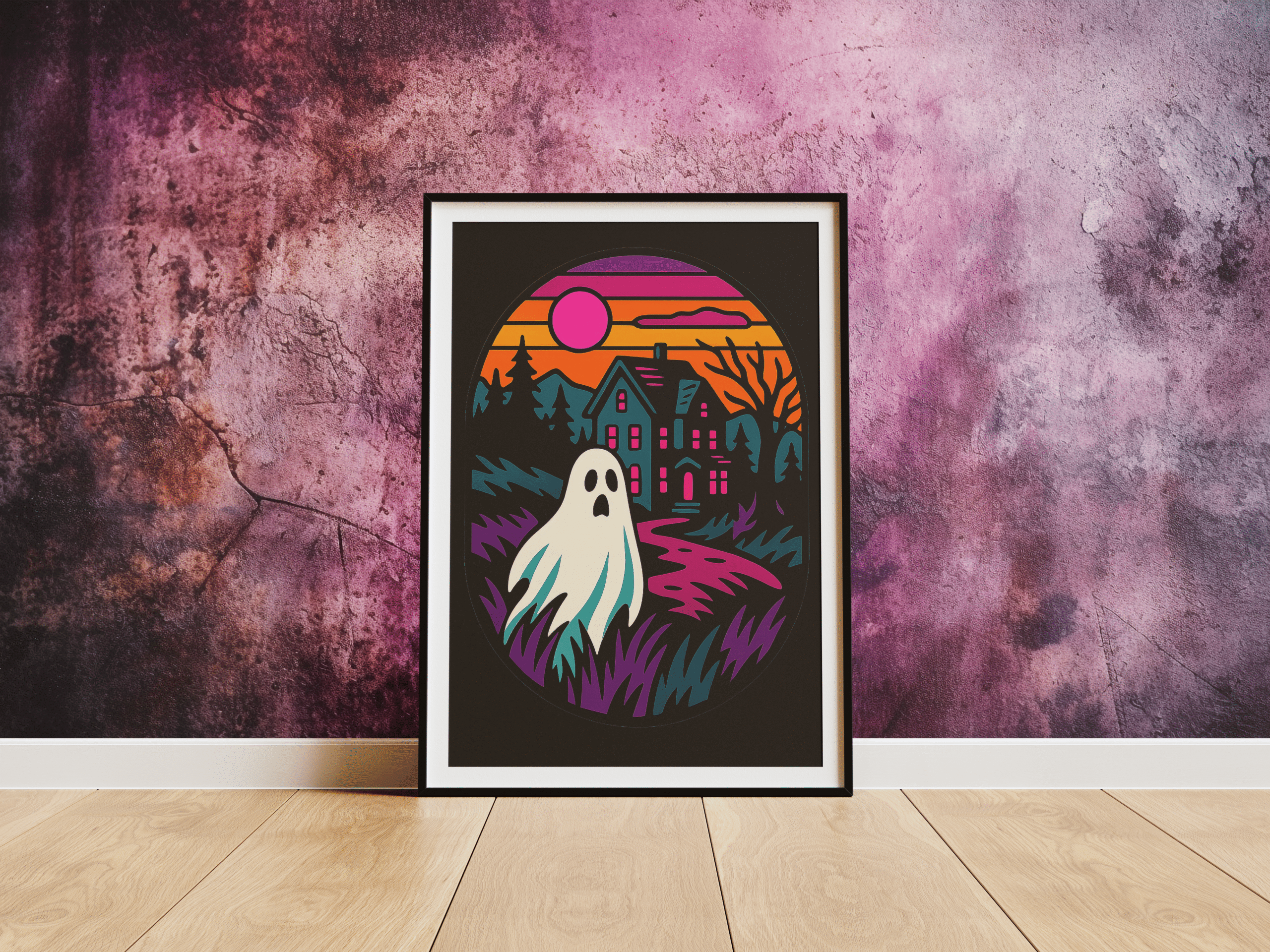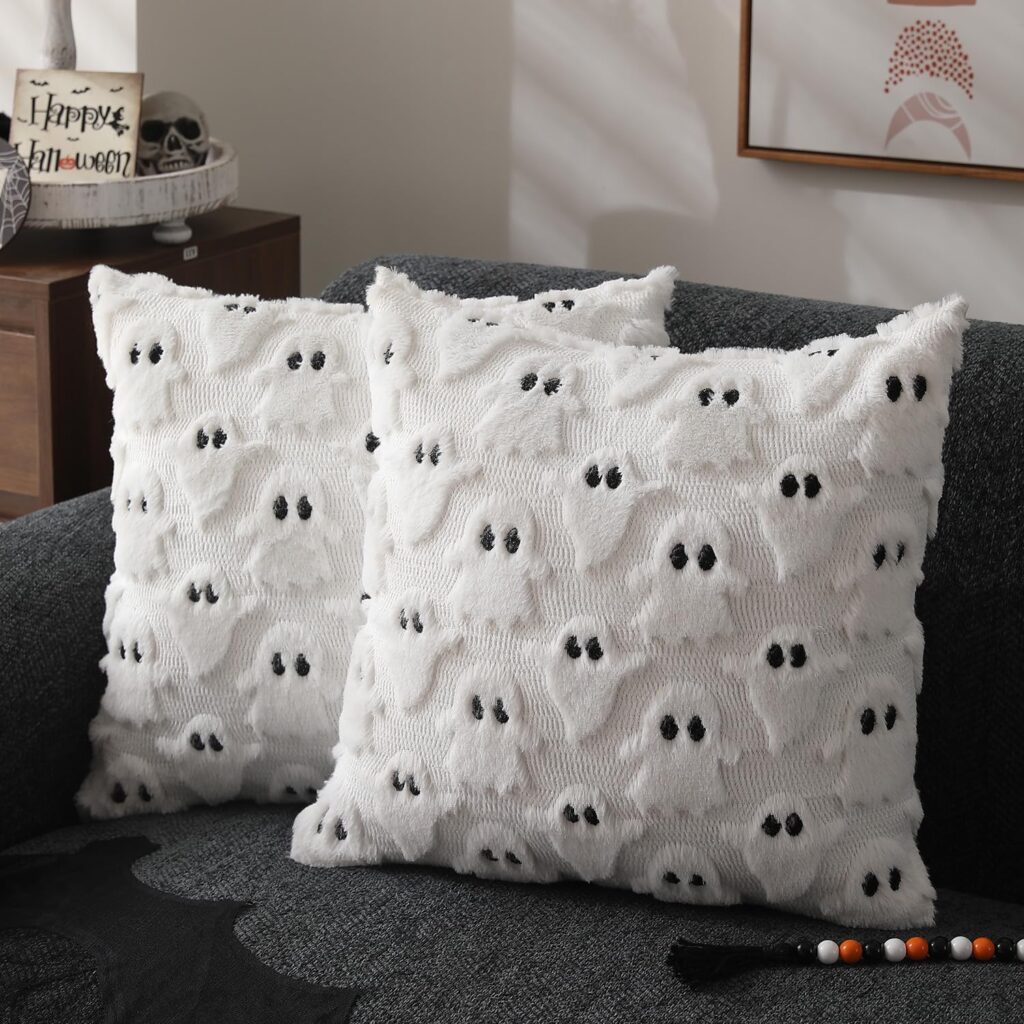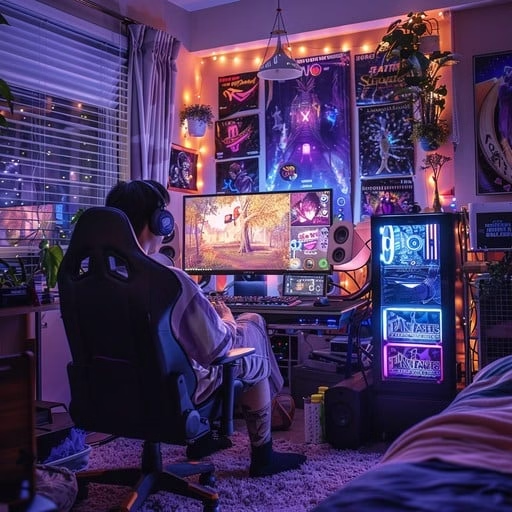Explore the rising trend of nature turned nightmare—and how to build it using AI prompts and haunting decor.
Nature is fighting back—and horror creators are paying attention. In today’s climate of environmental unease and digital storytelling, eco-horror is making a chilling comeback. From decaying forests that seem to breathe to coral reefs pulsing with malevolence, this genre taps into something primal: our fear that the Earth is not just dying—it’s watching. And it might be ready to strike.
Unlike traditional ghost stories, eco-horror explores the terrifying sentience of nature itself. These are tales where the wind whispers in voices long forgotten, where roots curl like fingers around ruins, and where abandoned greenhouses mutate into living, breathing organisms. It’s about unsettling stillness and quiet revenge—told through moss, fungus, decay, and weather.
In 2025, eco-horror has emerged as one of the most resonant and visually powerful subgenres of speculative storytelling. Whether you’re an indie filmmaker, horror writer, AI video creator, or digital artist, this guide will walk you through how to build atmospheric eco-horror scenes. You’ll learn how to use AI prompts effectively, set the tone with eerie gear and lighting, and turn natural environments into characters that haunt your viewers.
Let’s dive deep into the soil, coral, and canopy—and uncover the horror lurking just beneath the surface.
🌿 1. Why Eco-Horror Works So Well
Eco-horror unsettles us because it blurs the line between beauty and danger. Nature has always held a certain reverence—lush, wild, and awe-inspiring—but beneath the surface lies a primal, indifferent force. When horror taps into that power, it feels ancient and deeply personal, as if the Earth itself is responding to our presence… and our damage.
What makes this genre so effective is that it’s grounded in reality. Rising sea levels, mass extinction events, invasive species, wildfires, and vanishing forests—these aren’t speculative threats. They’re already happening. So when a horror story imagines a sentient bog or a reef that drags swimmers under, it doesn’t feel so far-fetched. It feels inevitable.
Eco-horror thrives on tension between humanity and the natural world. It asks: What if the planet remembers? What if it’s angry? And what if its revenge is slow, vine-covered, and impossible to escape?
Think:
- 🌲 Forests that grow back around missing hikers, swallowing their stories whole
- 🌊 Coral reefs blooming with sickly, unnatural colors—each pulse a warning
- 🌫️ Foggy wetlands whispering names that haven’t been spoken in centuries
These aren’t just eerie settings. They’re characters. And in eco-horror, they’re often the most terrifying ones.
🌿 2. Start With AI Prompts: Nature, Twisted
Eco-horror thrives on contrast—the stunning and the sick, the lush and the lethal. The trick is to take a setting that should feel serene or life-giving and bend it just enough to feel wrong. That’s what gives eco-horror its slow-burn dread. It’s not about jump scares—it’s about realizing something beautiful has started to rot, and no one noticed until it was too late.
When writing prompts for AI visuals, fiction, or video creation, use elements that suggest nature has either evolved beyond human understanding… or is rejecting it altogether. Think decay disguised as growth. Vibrancy that feels poisoned. Stillness that feels watchful.
Here are a few prompt examples that tap into that uncanny edge:
- “Ancient forest overtaken by black fungus, roots pulsing, trees twisting toward the sky, eerie bioluminescence.”
- Perfect for backdrops in horror zines, animations, or art prints.
- “Underwater reef, coral shapes shifting into skulls, soft blue light flickers through rising silt.”
- Imagine it as a short-looped video with ambient clicks and distant wails.
- “Overgrown greenhouse, vines crawling across broken glass, air filled with spores and ghostly whispers.”
- A setting like this can be reused across digital comics, video voiceovers, or even merch design.
👉 Want to skip the brainstorming?
Check out the 10 Creepy Forest Scenes Mini Building Pack or the Liminal Spaces Generator — both are designed to help you build unsettling, dreamlike horror environments that feel organic and off. Whether you’re crafting a haunted jungle or a post-human wasteland, these tools give your imagination something to grow around—like moss on old bones.
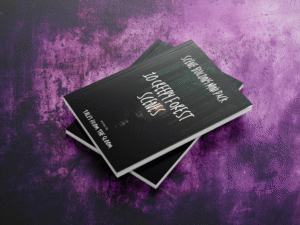
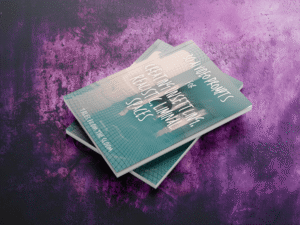
🛠️ 3. AI Tools to Bring Eco-Horror to Life
Once your prompts are ready, it’s time to let the machines conjure your decaying paradise. The right tools can transform your written ideas into eerie, atmospheric visuals—or even bring them to life in motion. Whether you’re designing art prints, short videos, or building immersive storyworlds, these AI platforms give you total control over your horror ecosystem.
Here’s how to use them effectively:
- Midjourney — Ideal for generating richly textured stills of corrupted nature. Think: haunted trees with too many limbs, moss-covered skeletons in fog, or bioluminescent mushrooms pulsing in unnatural hues. Dial in your keywords to get that perfect blend of beauty and rot.
- Sora — This is your go-to for short-form AI videos. Input your prompts and let Sora turn them into haunting, slow-moving visuals that feel like scenes from a lost documentary about a world where nature fights back.
- Runway ML — Great for layering on atmosphere. Add grain, fog, rot effects, or subtle movement to give your stills a more organic, haunted quality. Perfect for turning a quiet forest into something that breathes.
- Kaiber — Want to watch spores bloom or vines overtake a crumbling altar in real-time? Kaiber is perfect for animating scenes of growth, decay, and environmental takeover. Use it to show the passage of time—or nature reclaiming space.
🖤 Pro Tip: When feeding your prompts into these tools, don’t hold back on visceral language. Words like “rotting,” “breathing,” “moss-laced,” “unnatural,” or “swelling” add texture and tension that the algorithms can interpret into something deeply unsettling. Combine soft lighting with grotesque details to hit that sweet spot between awe and fear.
🕯️ 4. Set the Mood With Creepy Natural Decor
Eco-horror isn’t just about what’s on screen—it’s about building an atmosphere that seeps into your entire creative space. Whether you’re filming a short, snapping stills, livestreaming, or just channeling the vibe as you write, physical elements can help deepen the immersion and reinforce your eerie natural themes.
Here’s how to bring the haunted wilderness indoors with affordable, effective props:
- 🕯️ Black candles — These instantly evoke ritualistic energy. Cluster them around moss, bones, or dried leaves to create a decayed shrine look. Great for altar scenes or moody background ambiance in your videos.
- 🌱 LED plant grow lights — More than just functional, they emit an otherworldly green glow when placed behind skeletal plants or vine-draped objects. Perfect for suggesting twisted nature or unnatural growth.
- 🦴 Bird skull or skeleton decor — These hit that uncanny sweet spot—recognizable, but unsettling. Use as a focal point or nestle them among foliage for a death-meets-growth contrast.
- 🍂 Dried foliage wreaths — Think of these as haunted halos. They frame your backdrop beautifully and suggest a seasonal decay or forgotten ritual. Great behind desks, altars, or on set walls.
- 💡 Bioluminescent effect string lights — Wind them through fake vines or wrap around terrariums to simulate eerie fungal growth or the glow of something pulsing in the dark. They give off a quiet, magical decay.
👉 Pro tip: Want your photos and videos to feel alive? Scatter elements like dirt, moss, and small pebbles across your surfaces or floor. That subtle texture grounds your scenes and makes your eco-horror creations feel tactile—like the forest might actually be creeping in.
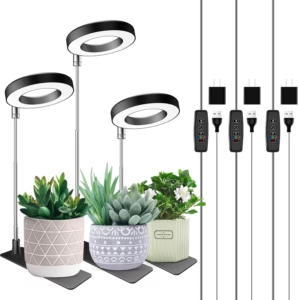
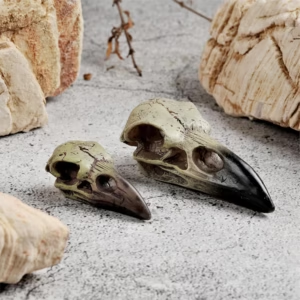
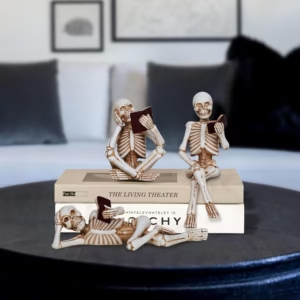
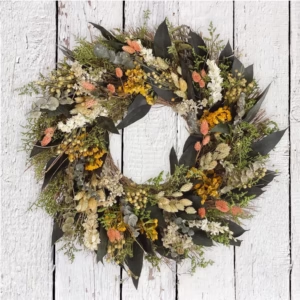
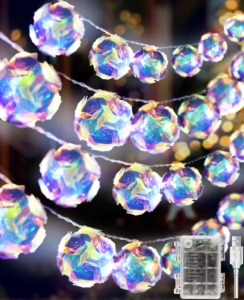
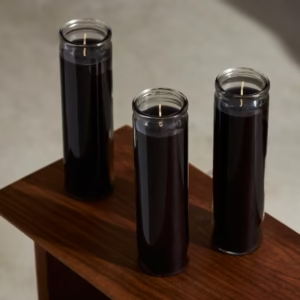
🖼️ 5. Pair With Eco-Horror Merch From My ShopYour Attractive Heading
Once you’ve built your eco-horror world—digitally or physically—don’t stop there. Complete the atmosphere with artwork and decor that keeps you immersed in nature’s eerie revenge, even after the screen goes dark.
Here are a few shop favorites that channel the unsettling beauty of the natural world:
- Haunted Sunset Series Prints – These pieces blend gorgeous pastel skies with sinister silhouettes—dead trees, eerie cliffs, and lonely landscapes that hint at something gone wrong. They’re perfect for adding an ambient sense of dread to your workspace or creative corner, especially when paired with dim lighting or natural textures.
- Liminal Posters – Designed to feel like a place you almost remember, these prints feature abandoned buildings overtaken by nature, endless paths vanishing into the woods, and decay so soft it feels inviting. They’re subtle, moody, and perfect for creators who want something a little more atmospheric than jump-scare horror.
🖤 Pro tip: Frame your favorite AI-generated scenes next to these posters to create a storytelling wall—a visual narrative that ties your digital creations to real-world inspiration.
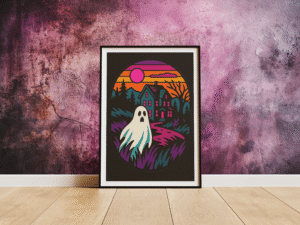
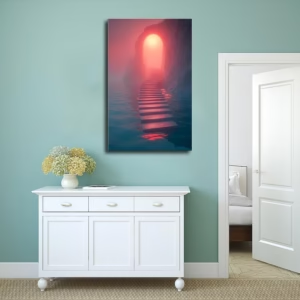
💀 Final Thoughts: Let Nature Haunt Your WorkYour Attractive Heading
Eco-horror is more than a genre—it’s a mirror. It reflects our deepest fears about control, decay, and what happens when the natural world turns against us. Whether you’re a writer, visual artist, or content creator, this style of horror offers a visceral way to explore themes of climate dread, decay, and forgotten ecosystems.
With the right mix of AI prompts, tools, and immersive decor, you can build scenes that aren’t just creepy—they’re crawling with life, death, and everything in between.
👉 Explore my Liminal Spaces Generator to start creating eerie, nature-infused visuals
👉 Shop eerie prints and tees in my store that bring your eco-horror aesthetic into the real world
🌿 Now go create something strange, beautiful, and slowly rotting. Let the moss grow wild. Let the forest breathe for you.

